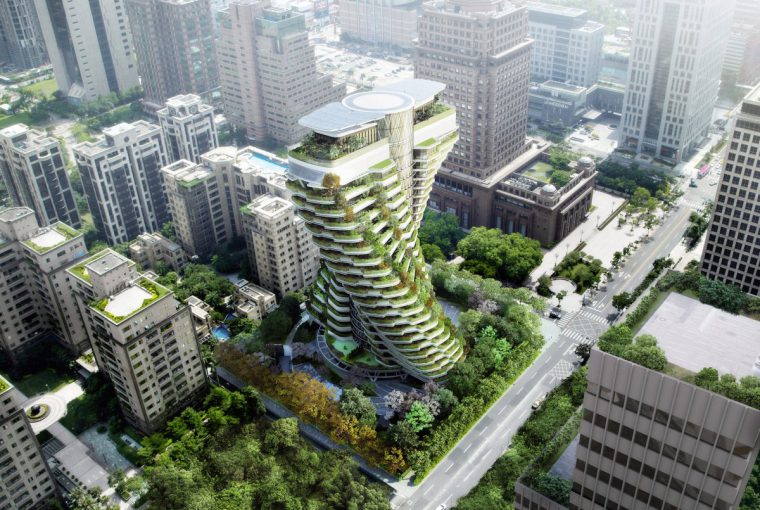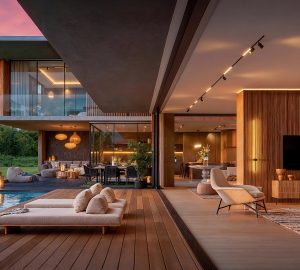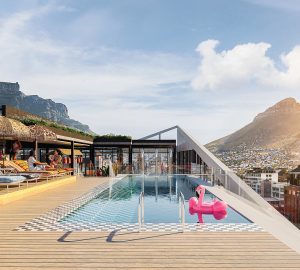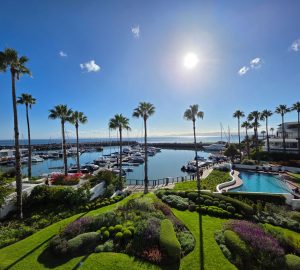A new smog-eating luxury residential tower – the Tao Zhu Yin Yuan Tower or Agora Garden Tower – is currently under construction in the heart of Taipei City, Taiwan.
The 20-storey skyscraper, which has a 90-degree twist from base to top, was inspired by the double helix structure of DNA. The twist is achieved with a 4.5 degree turn per floor as the building ascends – a configuration which provides each apartment, of which there are two per storey, with panoramic views of the Taipei skyline.
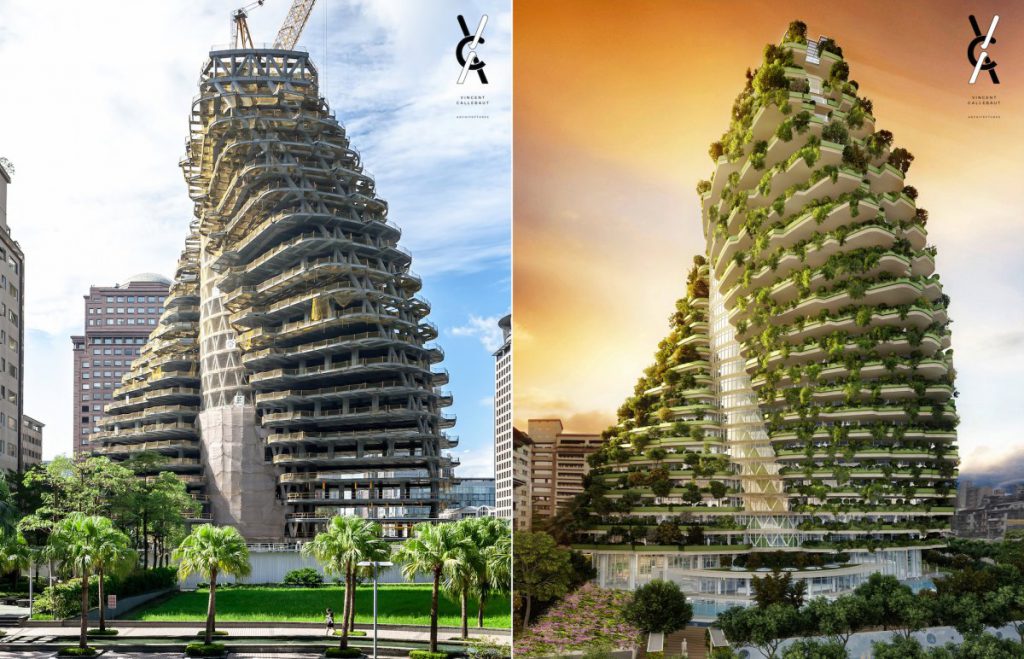
According to Paris-based architect Vincent Callebout, the new skyscraper was designed to resemble an “inhabited tree”. With approximately 23 000 trees and shrubs covering the building’s façade, roof and balconies – nearly the same number as found in New York’s 843 acre Central Park – the building will be something of a vertical garden.
Balconies on each floor will be open-air gardens – filled with plants, vegetable gardens and fruit trees. This will create a cascading layer of greenery across the exterior and will allow residents to grow their own food and compost all their biodegradable waste.
“Amenities include a “sky garage” parking in each unit, a swimming pool and a fitness centre – all naturally lit and ventilated.”
In order to achieve LEED Gold certification, the development includes a rainwater recycling system on the roof, which feeds water into the distribution network of sanitary water, and a 1 000m² solar array on the roof which will reduce the building’s reliance on the city’s power grid.
The central core of the tower houses a staircase and multiple high-speed and high-capacity elevators. Amenities include a “sky garage” parking in each unit, a swimming pool and a fitness centre – all naturally lit and ventilated.
The core and each cascading level forms a network of water, air, heating and electricity “flows” that maximize energy efficiency within the building.
The tower will ultimately soak up 130 tons of carbon dioxide each year – equivalent to 27 cars. While absorbing just a fraction of the 260 million tons of carbon dioxide Taiwan produced in 2008 (latest available data), the development will provide a breath of fresh air in one of the most densely populated cities in the world.
Posted by The Know - Pam Golding Properties


